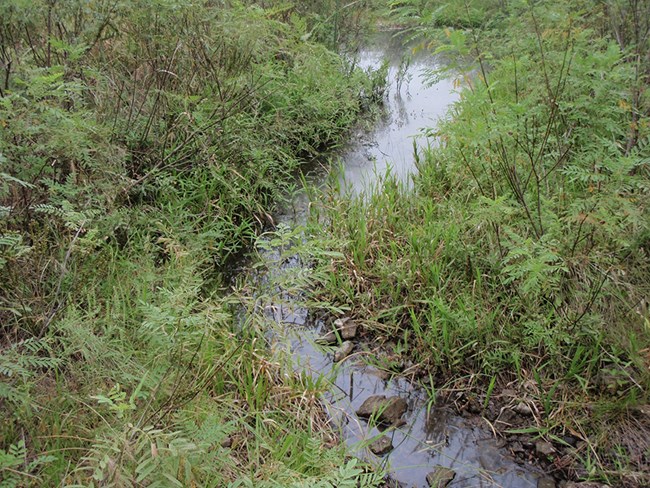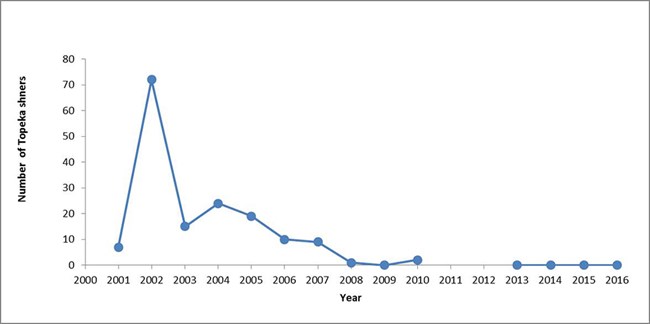Last updated: October 8, 2020
Article
Fish Communities at Tallgrass Prairie National Preserve

NPS-Photo
Since 2001, scientists have been tracking fish populations in 12 streams on the Preserve. They collect fish using seine nets at different areas along the streams. Tracking fish allows scientists to determine which species are in the park and how well they doing in the streams. Fish data is then related back to stream habitat and water quality conditions.

NPS
View the Full Report. (Coming Soon)
Learn more about the Heartland Inventory & Monitoring Network.
Data in this report were collected and analyzed using methods based on established, peer-reviewed protocols and were analyzed and interpreted within the guidelines of the protocols.
Learn more about the Heartland Inventory & Monitoring Network.
Data in this report were collected and analyzed using methods based on established, peer-reviewed protocols and were analyzed and interpreted within the guidelines of the protocols.
